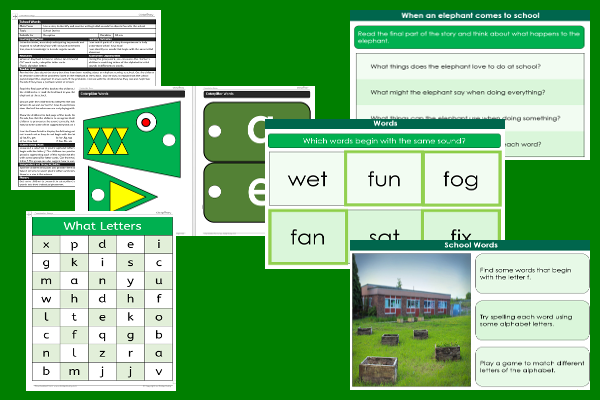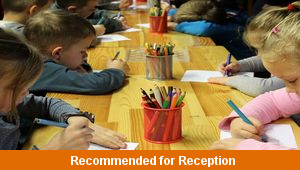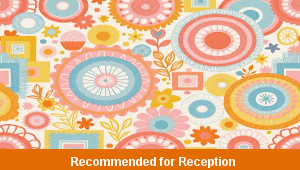Lesson Three – School Words

This literacy teaching pack for the Foundation Stage gets the children to practise using a story with a familiar setting to identify and model writing initial sounds for some of the different objects that can be found in a school location.
The class can record how to join sets of letters to build different cvc words that begin with a range of initial sounds for each matched group of words.
Download this teaching pack including a lesson plan, classroom activities and an interactive presentation to practise using a story with a familiar setting to identify and model writing initial sounds for some of the different objects that can be found in a school location
Activities in this teaching pack include a set of cards to identify and build a selection of cvc words that begin with the same initial phonemes and a worksheet to play a game with a partner to match objects to different letters of the alphabet to their correct graphemes.
The interactive presentation gets the children to explore how to use a story to identify and practise writing initial sounds for some of the objects that can be found in a school.
This lesson is part of a literacy scheme of work to get the children to read and respond to a story with a familiar setting and identify initial phonemes in different words based on When an Elephant Comes to School by Jan Ormerod. There are teaching activities for shared learning, differentiated worksheets to support independent learning and interactive presentations to introduce concepts and key skills.
-

Halving Things
Explain and model how to find and record the halves of some of the different objects that can be used at home and in school
-

School Friends
Identify and learn classroom routines and organisation by exploring and describing information and likes and dislikes for each of their classmates
-

Classroom
Identify the location and function of different objects used in the classroom and explore how to formulate rules to manage the classroom safely
-

Shape Patterns
Identify, describe and compare the sequences of geometric shapes that have been used to create a range of different patterns
